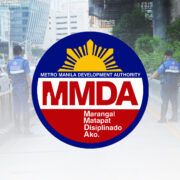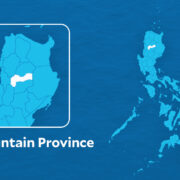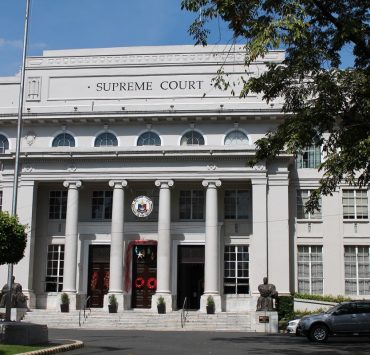Regional think tank raises red flags on Maharlika
The Maharlika Investment Fund (MIF) has a “strong legal framework,” but has potential risks such as the possible misuse of funds and a lack of accountability, according to the Asean+3 Macroeconomic Research Office (Amro).
In a 79-page report focused on the Philippines, the Singapore-based think tank identified red flags to look out for: that the MIF’s different goals might be at odds with each other in some investments; it could crowd out planned spending in some areas; and that the financial position of contributing government financial institutions might be adversely affected in the event of MIF losses.
Amro is an international organization established in February 2016 to conduct regional macroeconomic surveillance, monitoring, assessing, and reporting economic and financial conditions and outlook of member countries in the Asean+3 region, which includes the 10 member states of the Association of Southeast Asian Nations (Asean), China, Japan and South Korea.
It was an offshoot of an agreement in 2009 among Asean+3 finance ministers to establish an independent regional surveillance unit to promote objective monitoring of the region’s economies.
Appropriate governance
The Philippine report was based on the latest annual consultation mission that Amro held during a visit from Aug. 29 to Sept. 8.
“Amro recognizes the authorities’ (Philippine government’s) ambition to step up investments in infrastructure, long-term development and sustainable growth,” the group said.
“However, at the operational level, it is essential for the authorities to closely monitor the MIF and its management body, the Maharlika Investment Corp. (MIC), to ensure that the objectives are achieved, the country’s long-term development needs are met, and the governing law is strictly adhered to,” it emphasized.
Amro said the MIF’s role in infrastructure investment should be clearly defined with “appropriate governance” to avoid misuse of funds.
It added that due diligence must be conducted in assessing the potential impact on the financial health of entities that are contributing to the MIF.
The law that created the MIF mandated that the fund’s authorized capital stock of P500 billion would come from various government entities, of which an initial P150 billion would be contributed by Land Bank of the Philippines, Development Bank of the Philippines (DBP), and the national government using dividends from the Bangko Sentral ng Pilipinas.
“Finally, drawing on international experiences, the MIF should be run by professionals and the board should comprise independent directors to ensure that the fund adheres to its investment objectives,” Amro noted.
So far, four of the nine seats on MIC’s board have been filled. The law mandates the finance secretary to serve as MIC chair and gives one seat each to the president of Landbank and DBP. Last week, finance expert Rafael Consing Jr. took his oath as president and CEO of MIC. The position comes with an automatic seat on the board.
Potential for success
“With a strong legal framework, the MIF has the potential to be a successfully managed national investment fund,” Amro said.
“However, the MIF’s success would also depend on the actual implementation of the law and whether the fund is operated with a robust risk management framework, taking cognizance of the potential risks and governance concerns,” the think tank added.
Amro also said that, regarding investments in infrastructure projects, a rigorous due-diligence and risk assessment process was crucial for optimizing the risk-return profile of MIF’s investments on infrastructure.
According to Amro, the MIF is not a sovereign wealth fund (SWF) but rather a national investment fund that would invest mainly within the country.
This puts the MIF in the league with the Indonesia Investment Authority and Singapore’s Temasek Holdings.
In comparison, SWFs typically invest overseas using funds that come from surplus revenue from industries related to natural resources such as petroleum, as in the case of the Abu Dhabi Investment Authority, or from fiscal surpluses, as in the case of Singapore’s Government Investment Corp. INQ
















